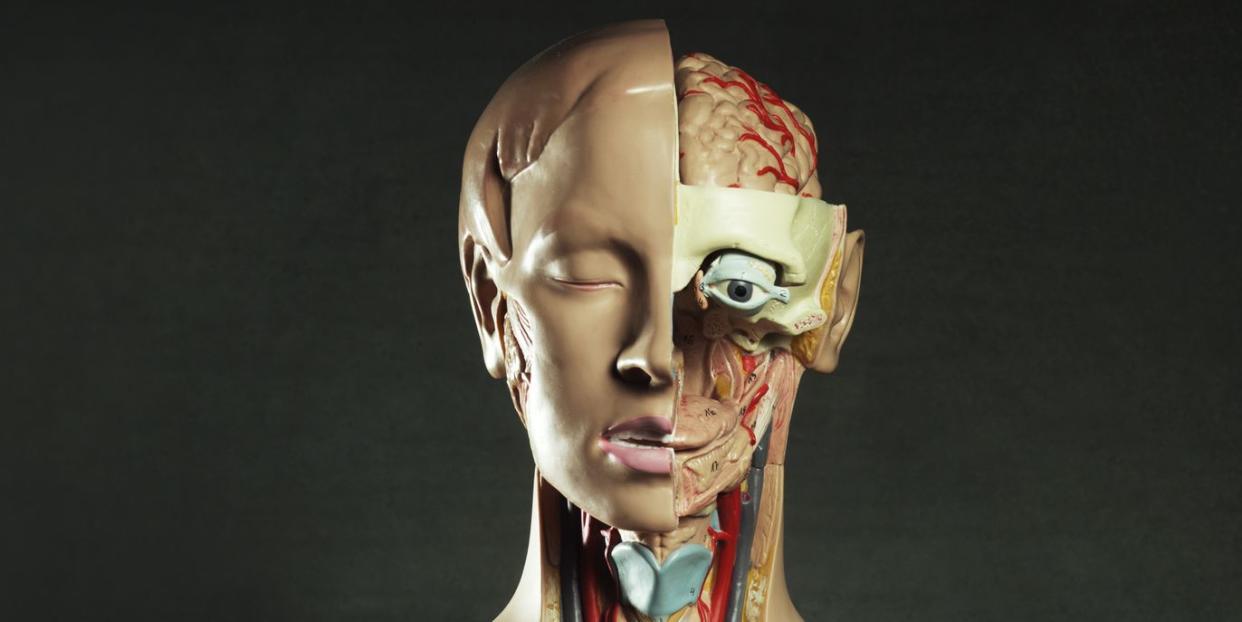Scientists Are Creating Something Wild: Organoid Intelligence

Researchers just announced a plan to eventually create “organoid intelligence,” or OI.
They plan to grow clumps of brain cells called organoids and create technology that would allow us to turn those clumps of cells into powerful and efficient computers.
The technology is only in its infancy, but it has implications for everything from computer memory to neurological diagnostics.
The human brain is a wonderful and complicated organ. Despite decades of study and scientific progress, there’s still a lot we don’t know about how it works and why it behaves the way it does.
But we know it’s powerful. It might not be as quick to solve complex equations as a computer, but it’s wildly more energy-efficient and significantly better at both learning and memory. And recently, researchers have been looking into how combine a brain and a computer, giving us the power of a human mind at our fingertips.
One group of researchers calls the idea “organoid intelligence,” or OI, and according to a new article in the journal Frontiers in Science, they have a plan to make it happen.
These researchers hope to use samples of human tissue to grow small collections of brain cells that they could use in place of standard silicon computer chips. Called “organoids,” these clusters of cells are larger and more 3D than traditional cultures, which allows the neurons within them to create significantly more connections.
It’s a technology that requires a lot of scientific disciplines to get off the ground. While some researchers are working on growing organoids to the 10-million-cell size scientists estimate they will need to be to run a computer and access memory capabilities anywhere close to a human brain, others are developing tech that would allow us to communicate with a clump of cells and have that clump communicate back.
And some progress has been made. For example, according to a press release, last year, researchers created what they describe as a “kind of an EEG cap for organoids,” which is a “flexible shell that is densely covered with tiny electrodes that can both pick up signals from the organoid, and transmit signals to it.”
But just building a very powerful computer is not the only thing these researchers are aiming for. They also hope to use these OI computers to analyze neurological conditions and help patients.
“For example, we could compare memory formation in organoids derived from healthy people and from Alzheimer’s patients, and try to repair relative deficits,” said Thomas Hartung, a researcher from Johns Hopkins University and one of the author of this article, in a news release. “We could also use OI to test whether certain substances, such as pesticides, cause memory or learning problems.”
It’s exciting to think about, but it’s complicated, and not just from a technological perspective. Research like this brings up plenty of thorny ethical considerations. Is it okay to use people’s cells to make computers? Could a computer made of human cells develop a consciousness? And if it does, is it okay to keep that consciousness locked into the role of a computer? We’re not anywhere close to having OI in our laptops or phones, so we don’t need to have all of those answers just yet. But they need to be a part of the conversation around OI, no matter what stage the technology is currently in.
Right now, an entire field of study is just getting started. And though there is more than computing potential to consider, the start seems exciting. For example, a recent study out showed that a flat brain cell culture can learn how to play Pong—even without the added power of being a full 3D organoid.
It may seem like science fiction, but it’s in the works in real life. “From here on,” Hartung said in the news release, “it’s just a matter of building the community, the tools, and the technologies to realize OI’s full potential.”
You Might Also Like
